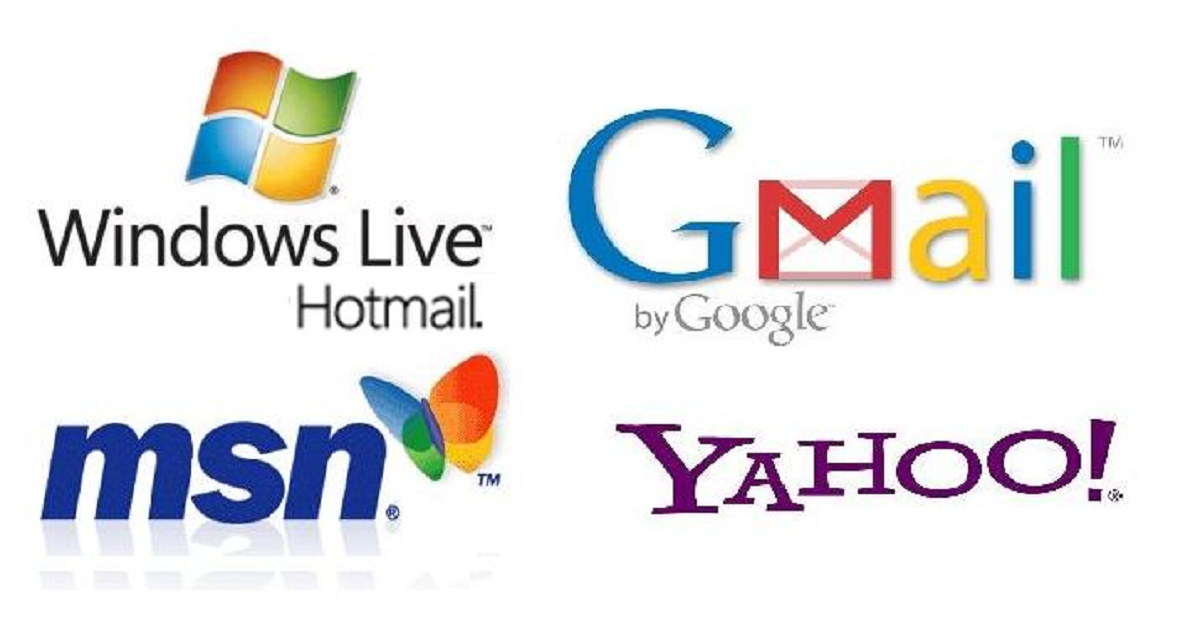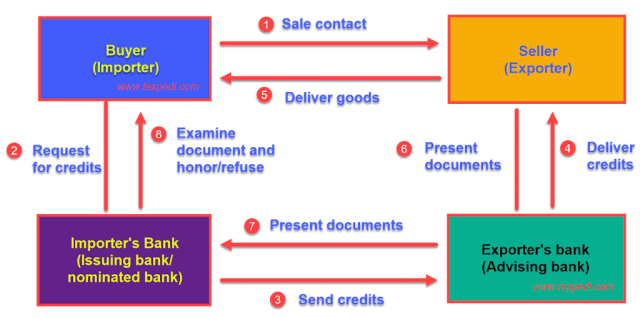Email Etiquette | While correspond through emailing in the workplace, one should follow some essential emailing etiquette to get the desired feedback or to disseminate the information in the right way. These are both courtesy and very important in the workplace particularly in corporate jobs or merchandising jobs. Many a time, we follow the wrong way while writing email. So this article is really very helpful for the new graduates particularly who are new to the job environment.
Email Etiquette | Format
1. Avoid over-rating your importance level or exaggerating with the use of IMPORTANT and URGENT, unless absolutely necessary.
2. CC anyone that does not need to take action, but should have a record of the emailing.
3. If you are responding to an email and changing the subject at all, change the subject line too.
- Let’s say the email started with a request for a time together over coffee. After two or three back-n-forth, the date was agreed to but the sender added “hey, what ever happened to the Millstone project? Did the client get those numbers to you that you needed?”
4. Generate an automatic response if you will be out of the office one day or longer. The automatic response should state who the backup is, or how to contact the recipient immediately.
5. Use discretion in using REPLY ALL.
6. If you are seeking an answer from the email, state the question(s) clearly and separately.
7. Sensitive issues should not be transmitted through emailing, but rather handled in person or by phone.
8. This would include any email where critiquing is involved, or where it could be interpreted as criticism.
9. Delivering a negative answer to an internal customer is considered delivering bad news. Key dialogs between customers and suppliers should be in person or on the phone.
10. Words with judgmental tones are amplified in emailing. Avoid negative words, if possible.
11. Absolutes should not be used unless they indeed are absolute (never, always, everyone, worst, etc.)
12. When forwarding an email, be aware that you are now sharing a message written for you to a third party. Review whether the original sender would approve of the eventual receiver seeing his email.
13. Avoid overreacting to an email that was interpreted a certain way. Do not hastily respond to an email with expression of extreme emotion or opinion in the emailing (called flaming). This is unprofessional and counterproductive.
14. Internal emails may have a different level of professionalism than those that get sent externally. In either case, it is appropriate to use proper grammar.
TOPIC CONTENT:
15. Limit email usage to a single topic.
16. Use a descriptive subject line, avoid leaving it blank or putting an irrelevant or general subject.
17. Address the recipient by name to add a personal touch to your letter.
18. DO NOT USE ALL CAPS!
19. Avoid over using punctuation marks!!!!!!!!!!!!
20. Avoid using abbreviations, such as IMHO (in my humble opinion) or TTYL (talk to you later), not everyone is familiar with them.
21. For long emails, include a summary statement at the start of the emailing so that it can be quickly scanned and dispositioned.
22. Make the subject line meaningful. For example: “Jackson case review” is too vague. Consider instead: “Draft agenda items for Jan 30th Jackson case meeting”
23. Limit jargon and acronyms when distributing to an external recipient or someone that is not familiar with the terminology.
24. Be simple in your language. If you need to be more complicated, the message should probably be in some other communication medium.
25. Do not keep on sending the same message to the same person over and over again, if they don’t respond after a few days, send them an e-mail enquiring if they received your first email.
26. Use spell check and proof read and revise your letter after it’s done.
27. Use threads, if you get a message from someone and you are going to respond, don’t send a new message, simply hit the reply option on your emailing, this keeps the original subject line with “Re:” in front of it.
28. If you are sending out an email to a large private list don’t use CC: (carbon copy) use BCC: (blind carbon copy) to protect the addresses of the recipients.
29. Remember most emails are never completely private, there is always a chance of someone else besides the intended recipient reading it, so avoid writing any personal attacks which are unprofessional to begin with.
30. When reading emails treat them as if they are private messages (unless you know you are allowed to share it with others).
31. If you are sending an attachment, make note of it and describe what the attachment is for in the body, some people are very wary of attachments due to the threat of computer viruses.
32. Keep your emails as concise as possible without leaving out any important information and always leave a signature line, don’t assume the person already knows who you are.
33. When you receive a message reply to it as soon as you have time to (best practice is on the same day). If you need time to act on a request, it is a courtesy to acknowledge the request and respond with a timeline to provide the requested information. At present, there are so many tools for effective emailing. Graduates from different discipline must focus on extra-curricular activities that value his/her CV. Email Etiquette Email Etiquette Email Etiquette Email Etiquette Email Etiquette Email Etiquette Email Etiquette Email Etiquette Email Etiquette
Texpedi.com






